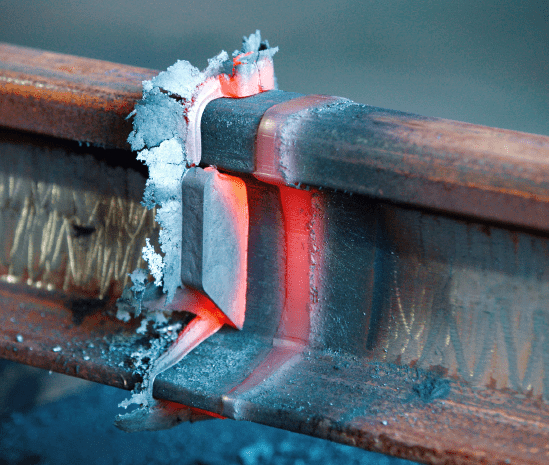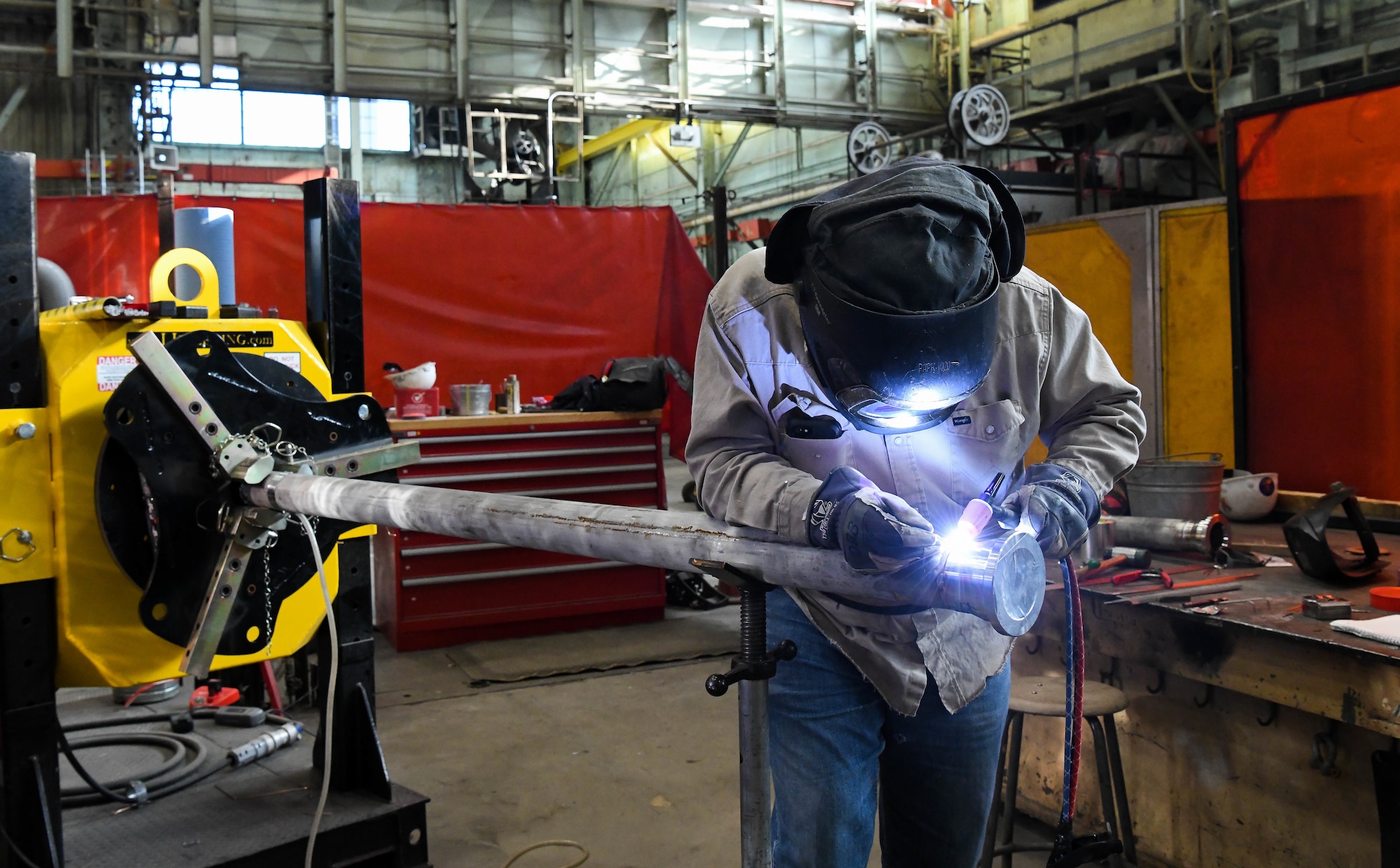Advanced Welding WPS: Customizing Requirements for Complicated Jobs
Getting Welding Quality: Introducing the Tricks of WPS Implementation and Optimization
In the world of welding, accomplishing excellence is a pursuit that hinges on the meticulous application and optimization of Welding Procedure Specifications (WPS) These fundamental papers serve as the foundation of welding procedures, dictating the specifications and treatments essential for creating high-quality welds constantly. Nonetheless, the keys to opening the complete potential of WPS lie not only in comprehending its importance however additionally in mastering the details of its implementation and optimization. By delving right into the crucial elements, strategies, challenges, and best methods associated with WPS, a world of welding quality waits for those that want to explore its depths.
Relevance of WPS in Welding
The Value of Welding Procedure Specifications (WPS) in the welding industry can not be overstated, acting as the backbone for ensuring uniformity, high quality, and safety in welding procedures. A WPS provides thorough instructions on how welding is to be performed, consisting of important variables such as materials, welding processes, joint style, filler steels, interpass and preheat temperatures, welding currents, voltages, travel rates, and extra. By adhering to a distinct WPS, welders can maintain uniformity in their work, resulting in constant weld top quality throughout different projects.

Trick Aspects of WPS
Discussing the essential elements of a welding treatment spec (WPS) is vital for understanding its function in welding operations. A detailed WPS consists of several crucial elements that assist welders in accomplishing quality and uniformity in their work. One crucial facet of a WPS is the welding process spec, which details the specific welding procedures to be utilized, such as gas tungsten arc welding (GTAW) or protected steel arc welding (SMAW) Additionally, the WPS consists of information on the welding materials, such as the kind and specs of the base steel and filler steel to be used. The WPS also defines important variables like welding specifications, interpass and preheat temperature level needs, and post-weld heat therapy procedures. Furthermore, it consists of details on joint design, fit-up, and any type of unique techniques or safety measures essential for the welding operation. By including these key aspects into the WPS, welding treatments can be standardized, ensuring top quality, efficiency, and safety in welding operations.
Approaches for WPS Optimization

Second of all, training and certification of welding Check Out Your URL employees according to the details requirements of the WPS is critical. Providing thorough training programs and ensuring that welders are certified to carry out procedures outlined in the WPS can result in greater high quality welds and minimized rework.
Furthermore, leveraging innovation such as welding software program and surveillance systems can assist in optimizing WPS. These tools can assist in monitoring variables, guaranteeing parameters are within specified limits, and providing real-time responses to welders, enabling them to make instant adjustments for enhanced weld high quality.
Usual Obstacles and Solutions
Facing challenges in carrying out the methods for WPS optimization can hinder welding procedures' performance and top quality. One typical difficulty is inadequate training or understanding of the welding procedure specifications (WPS) among the welding team.
An additional challenge is the lack of appropriate documents and record-keeping, which is essential for WPS optimization. Without clear records of welding parameters, materials used, and assessment results, it ends up being difficult to recognize locations for improvement and guarantee consistency in welding procedures. Implementing a durable documents system, such as digital welding administration software application, can aid simplify record-keeping and assist in data analysis for constant enhancement.
Additionally, irregular welding equipment calibration and maintenance can position a substantial challenge to WPS optimization. Routine tools checks, calibration, and maintenance routines need to be stuck to purely to make certain that welding parameters are accurately managed and kept within the defined resistances (welding WPS). By resolving these common obstacles with aggressive remedies, welding procedures can improve efficiency, high quality, and total welding excellence
Best Practices for WPS Implementation
To guarantee effective WPS application in welding procedures, adherence to market standards and precise attention to information are extremely important. When initiating WPS implementation, it is crucial to start by extensively recognizing the details welding needs of the job. This requires an extensive evaluation of the welding procedure specs, products to be welded, and the ecological problems in which the welding will occur.
Once the needs are clear, the next step is to select the proper welding treatment that lines up with these specs. This involves getting in touch with the appropriate codes and criteria, such as those given by the American Welding Society (AWS) or the International Company for Standardization (ISO), to make certain conformity and top quality.
Moreover, documenting the whole WPS application procedure is vital for traceability and quality control. Detailed records need to be kept pertaining to welding specifications, material prep work, preheat and interpass temperature levels, welding consumables made use of, and any variances from the initial treatment. Regular audits and testimonials of the WPS can aid identify areas for improvement and ensure continuous look at here optimization of the welding process.


Conclusion
To conclude, the application and optimization of Welding Treatment Specs (WPS) is critical for attaining welding excellence. By comprehending the crucial elements of WPS, carrying out efficient strategies for optimization, addressing typical challenges, and following best practices, welders can ensure top quality welds and safe working conditions. It is necessary for professionals in the welding market to prioritize the proper execution of WPS to enhance general welding efficiency and achieve preferred outcomes.
The Value of Welding Treatment Specs (WPS) in the welding market can not be overemphasized, official website offering as the backbone for making sure uniformity, top quality, and safety and security in welding procedures. A WPS provides detailed guidelines on how welding is to be brought out, including essential variables such as materials, welding processes, joint layout, filler steels, preheat and interpass temperature levels, welding currents, voltages, traveling rates, and a lot more. One essential element of a WPS is the welding process spec, which describes the specific welding processes to be made use of, such as gas tungsten arc welding (GTAW) or shielded steel arc welding (SMAW) By incorporating these vital aspects into the WPS, welding treatments can be standard, guaranteeing high quality, effectiveness, and security in welding procedures.
It is important for specialists in the welding market to prioritize the appropriate implementation of WPS to improve general welding performance and achieve desired results.